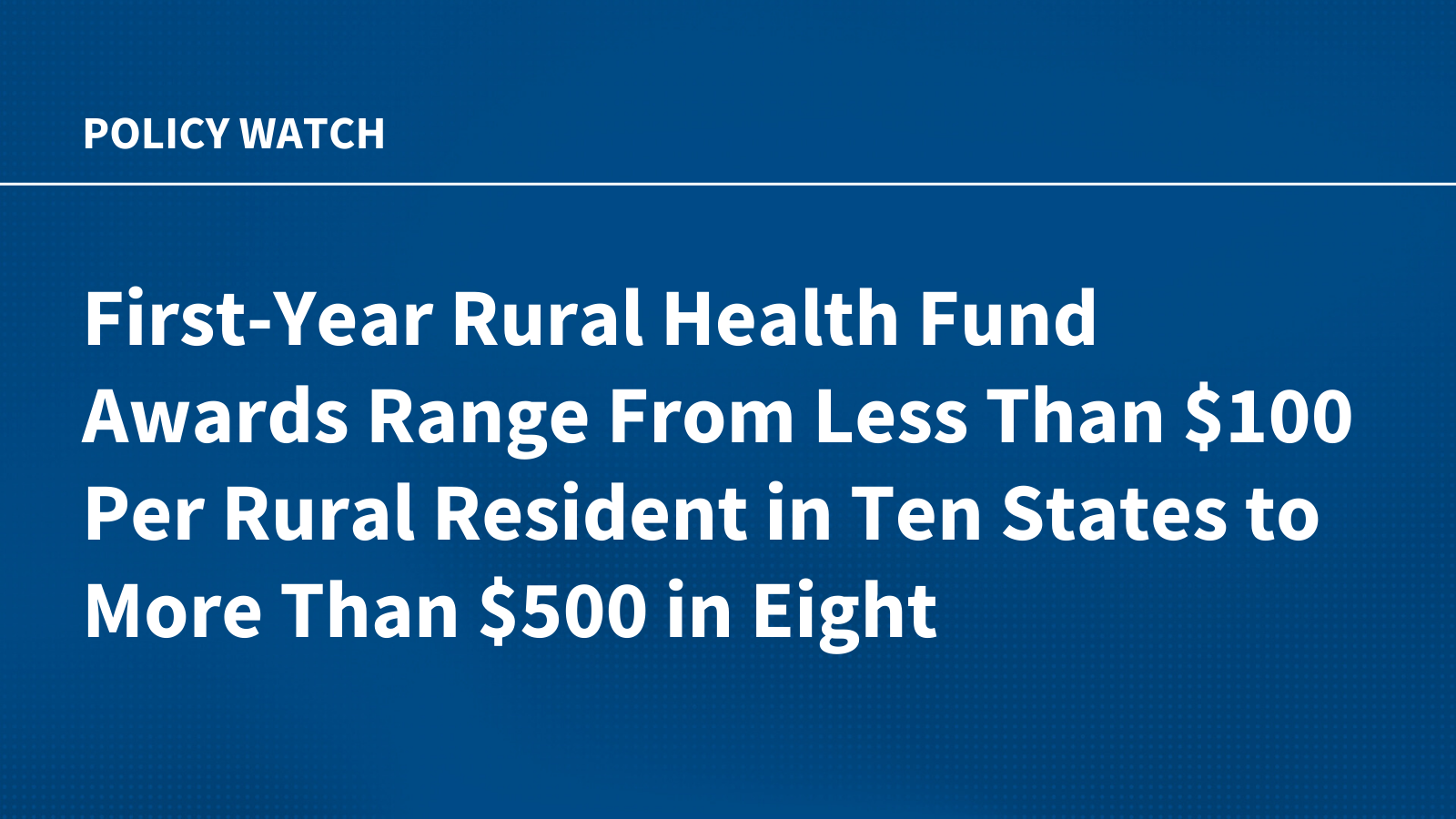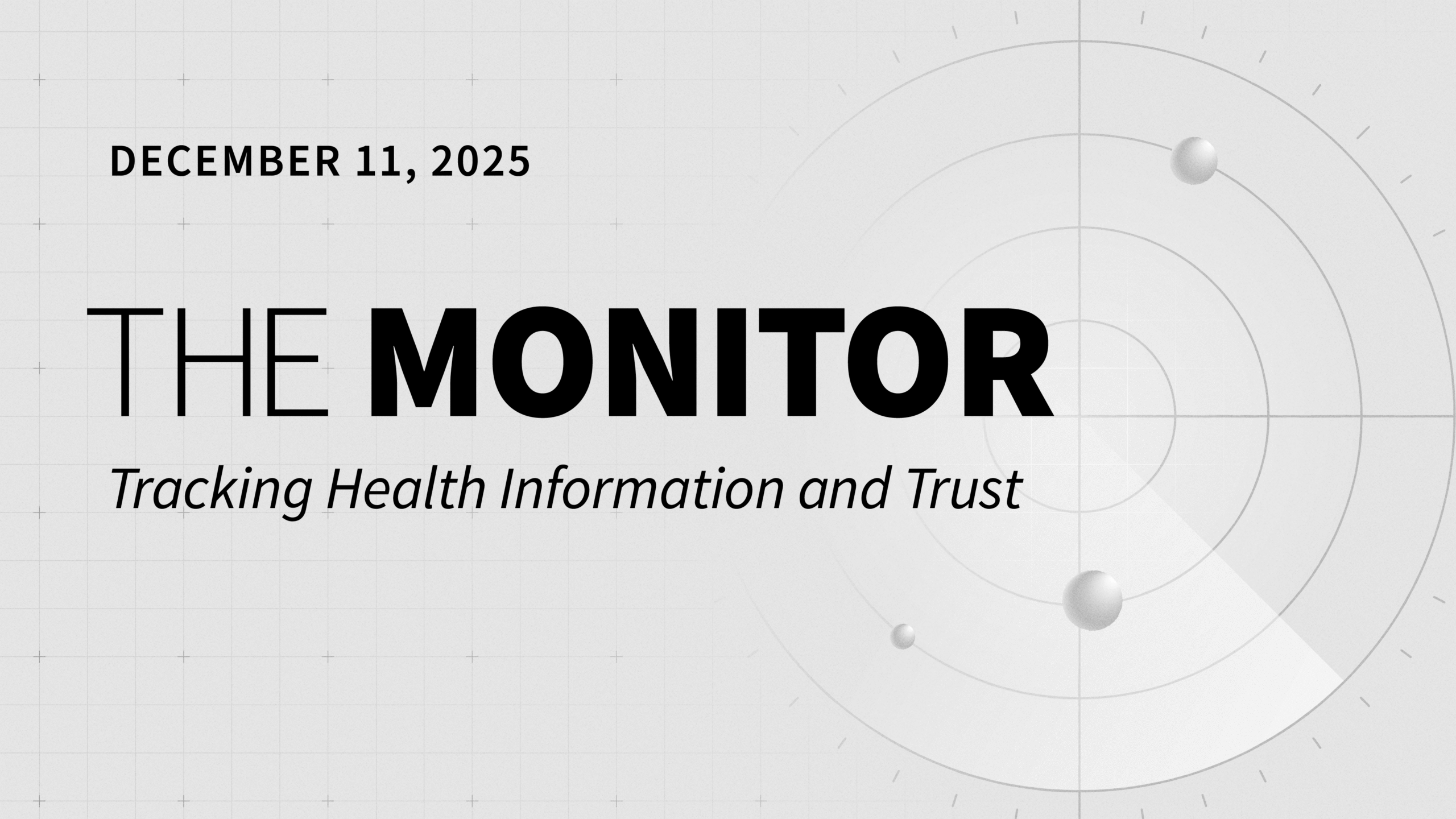The Centers for Medicare & Medicaid Services (CMS) this week released new data fueling a narrative of rampant broker fraud on the Affordable Care Act (ACA) exchanges.
Plans received data finding 23% of enrollees did not have a claim in 2019. That number jumped sharply to 35% last year.
Before the pandemic, the data were largely consistent across three categories: members on state-based exchanges, members on the federal exchange in Medicaid expansion states and on the federal exchange in non-expansion states. No matter the group, about 22% to 24% of enrollees did not have a claim.
But, by 2024, expansion states on the federal exchange saw an increase from 22% to 32%, and the non-expansion population jumped from 24% to 41% without a claim, according to the agency’s data. Meanwhile, enrollees on state-based exchanges without claims climbed modestly from 22% to 24%.
The data are based on risk adjustment submission files and are not entirely accurate. They show more than 33 million enrollees in the individual market, far above the actual figure of 24.3 million people. For every time an enrollee switched their plan midyear, they were counted more than once in this data set.
Still, healthcare strategist Ari Gottlieb described the data as directionally indicative of a broader trend with real consequences in an interview with Fierce Healthcare.
“As you pull out of all these subsidized dollars out of the system, it means margins will be lower and people are going to be paying higher premiums,” he said. “Federal dollars that were subsidizing these non-utilizing members were helping to keep premiums lower and inflate profit for carriers.”
A 10% reduction, for example, of ACA enrollees would result in billions of profit margin extracted from the system. This market exodus would be driven largely by program integrity changes imposed this year and next, as well as the possibility of the expiration of enhanced premium tax credits at the end of the year.
There is bipartisan interest in cracking down on waste, fraud and abuse in the individual market on the federal exchange, though the issue has been pounced upon by rightwing think tanks and lawmakers. The CMS has received hundreds of thousands of complaints from enrollees alleging the unauthorized switching of plans.
In recent months, Congress and the CMS have justified the summer reconciliation bill and recent program integrity rules—both earning criticism for the impact they will have on insurance markets and beneficiaries—by saying the actions were critical to crack down on improper payments.
Agents and brokers have focused on growing enrollment on the federal exchange in the last several years, particularly in non-expansion states, said Gottlieb. In these states, there hasn’t been a consequence for misstating income, and there is more evidence of shady broker behavior.
Florida and Texas, two non-expansion states on the federal exchange, now have about half of their members on a bronze plan without a claim.
“You see so much of the growth in these cost-sharing reduction silver and bronze plans, most of which are fully subsidized,” said Gottlieb, noting that non-utilizing members keep rates lower for everyone else.
Program integrity changes rooting out fraudulent enrollees, and sometimes legitimate members, are expected to weaken the risk pool.
“If I were a CFO or a pricing actuary, I’d be looking at my morbidity factors very closely as we close in on the final rate deadline,” said consultant Wesley Sanders in a post on LinkedIn.
This dynamic appears to be already playing out. In Arkansas, Centene’s QCA Health Plan is requesting a rate increase (PDF) of more than 50%. The request factors in a new CMS final rule and the expiration of enhanced subsidies.
Republican Gov. Sarah Huckabee Sanders said this increase, and a proposed 25% increase from Blue Cross Blue Shield, is unlawful.
“Arkansas’ Insurance Commissioner is required to disapprove of proposed rate increases if they are excessive or discriminatory, and these are both,” she said in a statement last week. “I’m calling on my Commissioner to follow the law, reject these insane rate increases, and protect Arkansans.”
Insurers’ rates must be approved by state regulators. The medium premium increase for next year is 15%, KFF found.
Centene is an individual market leader, has access to broad data and has seemed most aware of the pressures they face on recent earnings calls. That’s why you see it requesting higher rate increases than its competitors, said Gottlieb.
“I think we’re going to see this dichotomy between Centene and everyone else,” he predicted. “Who are you going to bet on? I’m going to bet on Centene.”
Publisher: Source link










